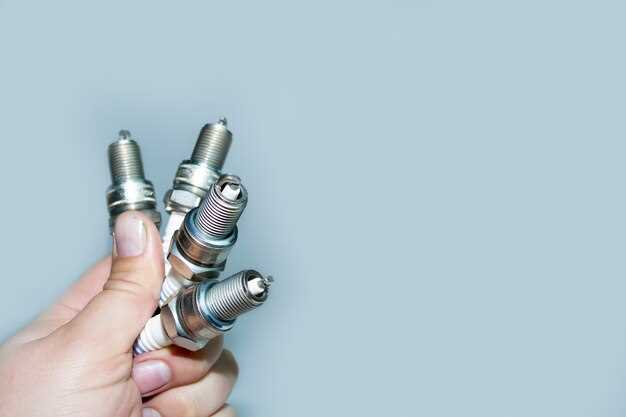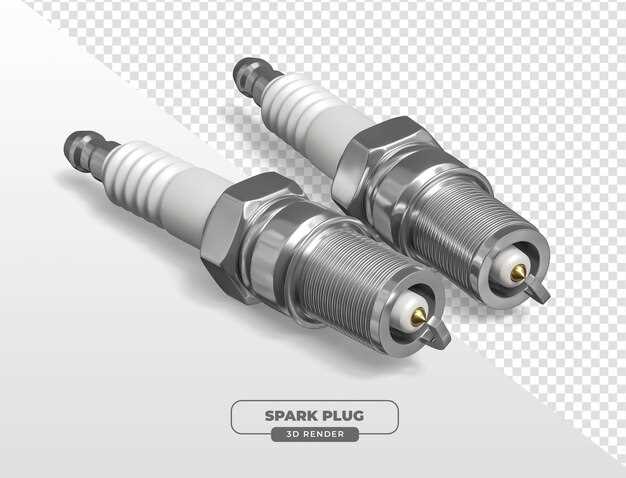
When it comes to maintaining the performance and longevity of your vehicle, selecting the right components is vital. Among these components, spark plugs and filters play significant roles in ensuring efficient operation. Authentic parts not only enhance your engine’s performance but also contribute to overall vehicle safety and reliability. Choosing the right products requires an understanding of their functions and the impact they have on your vehicle’s system.
Filtration is crucial in preventing contaminants from entering critical systems within your engine. Filters, including oil, air, and fuel filters, work to maintain clean fluids and air intake, thereby ensuring optimal performance. Authentic filters are engineered to meet specific manufacturer standards, reducing the risk of premature engine wear or failure. When selecting filters, it’s essential to consider not just the brand but the compatibility with your vehicle’s model and engine specifications.
Likewise, spark plugs are pivotal in the ignition process and overall engine efficiency. Authentic spark plugs provide a reliable spark for combustion, leading to improved fuel efficiency and overall performance. Using imitation spark plugs can lead to misfires, increased emissions, and reduced power, undermining your vehicle’s capabilities. Understanding the specifications and requirements of your vehicle’s ignition system will guide you in making informed choices.
Identifying Genuine Spark Plugs: Markings and Specifications

When selecting spark plugs for your vehicle, it is crucial to ensure their authenticity. Genuine spark plugs often come with specific markings and specifications that distinguish them from counterfeit products. These identifiers can provide valuable insights into the quality and performance you can expect.
Firstly, examine the packaging. Authentic spark plugs are usually sealed in tamper-proof packaging that includes manufacturer logos, barcodes, and part numbers. Make sure to verify these details with the manufacturer’s website or authorized dealers.
Next, inspect the spark plug itself for clear markings. Genuine spark plugs typically have the manufacturer’s name, part number, and specifications etched or printed on the metal casing. Look for signs of quality in these markings, such as uniform font and clarity, which are indicative of a legitimate product. Counterfeit items may have misspellings or irregularities in the printing.
Another important aspect is the specification details, including heat range, thread size, and electrode design. Genuine spark plugs will be designed specifically for your vehicle’s make and model, following precise engineering standards. Refer to your vehicle’s owner manual or manufacturer guidelines to confirm these specifications. If the replacement spark plugs differ significantly in size or design, this could be a warning sign.
Additionally, consider the materials used in the spark plug construction. High-quality genuine spark plugs often utilize durable metals and advanced ceramic materials that enhance filtration and heat dissipation. Check for features like platinum or iridium tips, which are recognized for their longevity and high performance.
Lastly, consult reviews and forums for feedback on various spark plug brands and retailers. Genuine products are usually well-reviewed by automotive enthusiasts and professionals alike, providing further assurance of their quality. By following these guidelines, you can confidently identify and choose authentic spark plugs that will ensure optimal engine performance.
Evaluating Air and Oil Filters: Key Performance Indicators
When selecting air and oil filters for your vehicle, it is essential to assess several key performance indicators (KPIs) to ensure optimal filtration efficiency and engine performance. The first critical KPI is the filtration efficiency rate. This percentage indicates how well the filter removes contaminants from the air or oil. Higher efficiency rates correlate with better protection for engine components, reducing wear and prolonging engine life.
Another important factor is the dirt-holding capacity of the filter. This parameter measures how much dirt and debris a filter can retain before it becomes clogged. A filter with a higher dirt-holding capacity will require less frequent replacements and provide consistent filtration over an extended period.
Flow rate is also a vital KPI, especially for air filters. This measurement determines how freely air flows through the filter while maintaining effective filtration. An optimal flow rate ensures the engine receives sufficient air for combustion, contributing to improved fuel efficiency and performance.
Moreover, the construction quality of the filter materials cannot be overlooked. High-quality materials contribute to the durability and longevity of the filter, reducing the risk of failure under extreme conditions. Filters that are resistant to heat and other environmental factors often provide better overall performance.
Lastly, consider the manufacturer’s reputation and recommendations. Brands that are well-regarded in the automotive industry typically adhere to higher standards of quality and performance. Choosing filters from trusted manufacturers can provide peace of mind regarding their filtration capabilities and overall reliability.
Installation Tips for Spark Plugs and Filters: Ensuring Optimal Function

When installing spark plugs and filters, attention to detail is essential for optimal performance and longevity. Start by ensuring that you have the right tools and parts for your specific vehicle model. This includes checking that the spark plugs meet the manufacturer’s specifications in terms of heat range and electrode design.
Before installation, clean the spark plug holes and the filter mounting area to prevent debris from entering the engine. For spark plugs, use a torque wrench to tighten them to the manufacturer’s recommended specifications, ensuring a proper seal without risking damage to the threads. Avoid over-tightening, as this can lead to stripped threads or cracked insulators.
For filters, whether air, oil, or fuel, ensure proper filtration by using high-quality components. Apply a small amount of clean oil to the rubber gasket of oil filters before installation to create a better seal. When replacing air filters, verify that the new filter fits snugly and seals correctly to prevent unfiltered air from entering the engine. This is crucial for maintaining optimal air filtration.
Always refer to your vehicle’s service manual for specific instructions related to the installation process. After installation, start the engine and monitor for any unusual noises or performance issues. This step is critical to ensure that the installation was successful and that both spark plugs and filters are functioning properly within the system.
